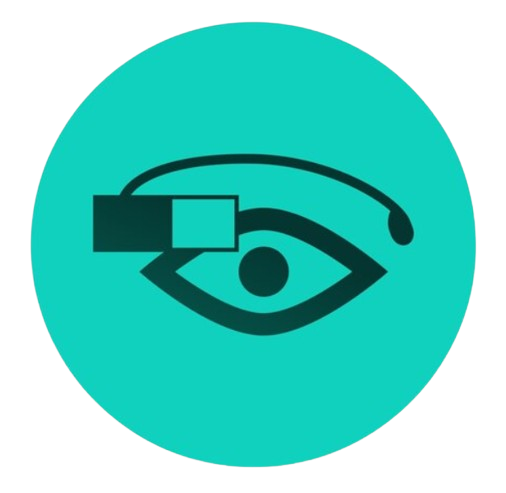The Significance of Eye Wellness

The eyes may be an afterthought for many only because there do not seem to be any symptoms or problems. People may only start going to the eye doctor when vision becomes blurry or there is pain. However, sometimes the signs of eye issues come on slowly, and as such, when issues do come up, there may already be permanent damage. With an increase in screen time across work and home, the need to ensure the eyes stay healthy is significant.

- One annual appointment to the optometrist may be neglected. Due to a scheduling issue, it might occur once and then be simpler to ignore. Since the eyesight appears to be fine, people could assume there’s no rush and there’s not much of a purpose to rush through the initial consultation. It’s a good idea to familiarize yourself with what to expect on routine visits to the eye doctor in case your fear of the unknown is preventing you from going.
The yearly appointment with the optometrist

Make the appointment as soon as possible—don’t wait until the path ahead is hazy. Report any hereditary eyesight issues at check-in. Additionally, discuss any and all problems or worries. During the annual examination, an eye doctor examines for more than simply changes in vision. Other issues could go unnoticed unless a person is examined by a skilled optometrist.
Glaucoma
The Mayo Clinic reports that glaucoma is the primary cause of blindness in people aged 60 and above. At the regular yearly appointment, the doctor establishes a baseline reading of the pressure behind the eye. An increase in this pressure can cause irreversible damage to the optic nerve. While there are times when glaucoma can develop suddenly and without warning, getting a yearly test may help head it off before it happens.
UV damage
The sun’s powerful UV rays do damage to the eyes. While sunscreen may help protect the skin, it does not offer protection for the eyes. Getting an appropriate pair of UV-blocking sunglasses may do the trick when it comes to keeping those harmful rays out of the eyes. Failure to do so may result in cancer, cataracts and macular degeneration. These conditions can be irreversible.
Eyeglasses

Design, material and treatments are the three components that make up a pair of prescription lenses. It is important to select the right combination of these elements for your particular visual needs and to always consult your eye care professional.
The knowledgeable staff at Nice Eye Care will consider long-term wearing comfort, style, features and function when suggesting a new pair of eyeglasses. The eyeglasses become as unique as the person taking them home.
Eyeglass Lenses
Selecting the right eyeglass lens depends largely on its function. From single vision lenses to progressive polycarbonate lenses, we are happy to help you find what best suits your needs. Regardless of your situation, Dr. Keith B. Nice can help determine what types of lenses will work best for you in terms of comfort, function and design.
Frame Styles
When choosing a frame, the shape and size of the frame should enhance the color of your eyes, complement your skin tone and play up the best features of your face shape.
Most people need more than one pair of glasses, such as one for everyday wear and another for outdoor activities. Having different style frames for different activities and moods makes wearing glasses more fun.
Sunglasses
With the wide variety of lens options available, you can customize your “sunnies” (sunglasses) to meet your visual, protection, performance and comfort needs. Sunglasses protect your eyes from harmful ultraviolet (UV) radiation, which is present even on cloudy days. Quality sunwear provides 100 percent UV protection and can significantly reduce the risk of vision problems caused by sunlight such as cataracts and retinal damage.
Glare, an issue that makes it difficult to see objects clearly by washing out colors and details, can be combated by polarized lenses. Looking at a scene with polarized lenses, you’ll notice the colors are deeper, richer and bolder, and details are clearer and more distinct. Polarized lenses also help reduce squinting, which, in turn, reduces eye fatigue, tension and eyestrain.
Anti-Reflective Lenses

Wearers of prescription glasses and sunglasses commonly encounter annoying glare and reflections caused by light bouncing off their lenses. This glare makes it more difficult to see, especially at night. Anti-reflective lenses reduce these reflections allowing more light to pass through to your eyes.
All lens surfaces naturally reflect light and this reflection can prevent between seven to 14 percent of the light needed for optimal vision. Wearing non-AR lenses is like trying to read a book in a dimly lit room. Since AR lenses allow more light to reach your eyes by reducing reflections, it’s like turning up the lights in a room, making it easier to see.
Lenses and frames are a very necessary and personal choice. Nice Eye Care in Burlington, North Carolina has the experience to guide you toward eyewear selections that are comfortable and that work to complement your face.



